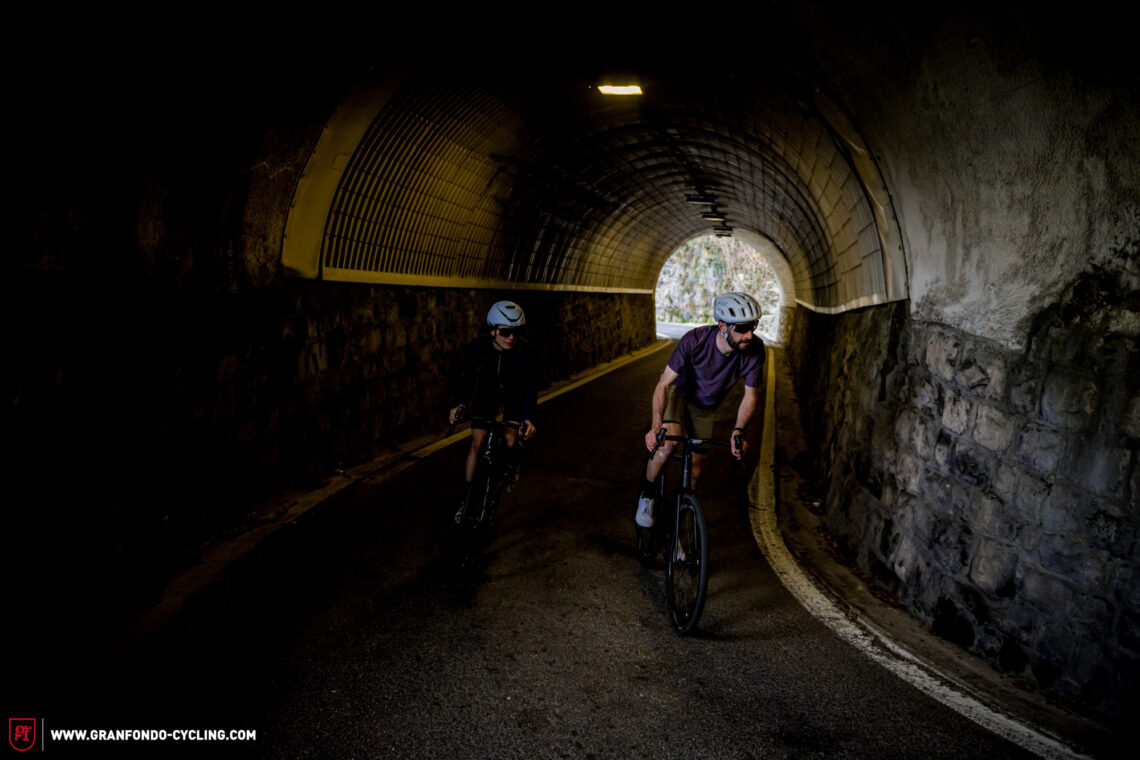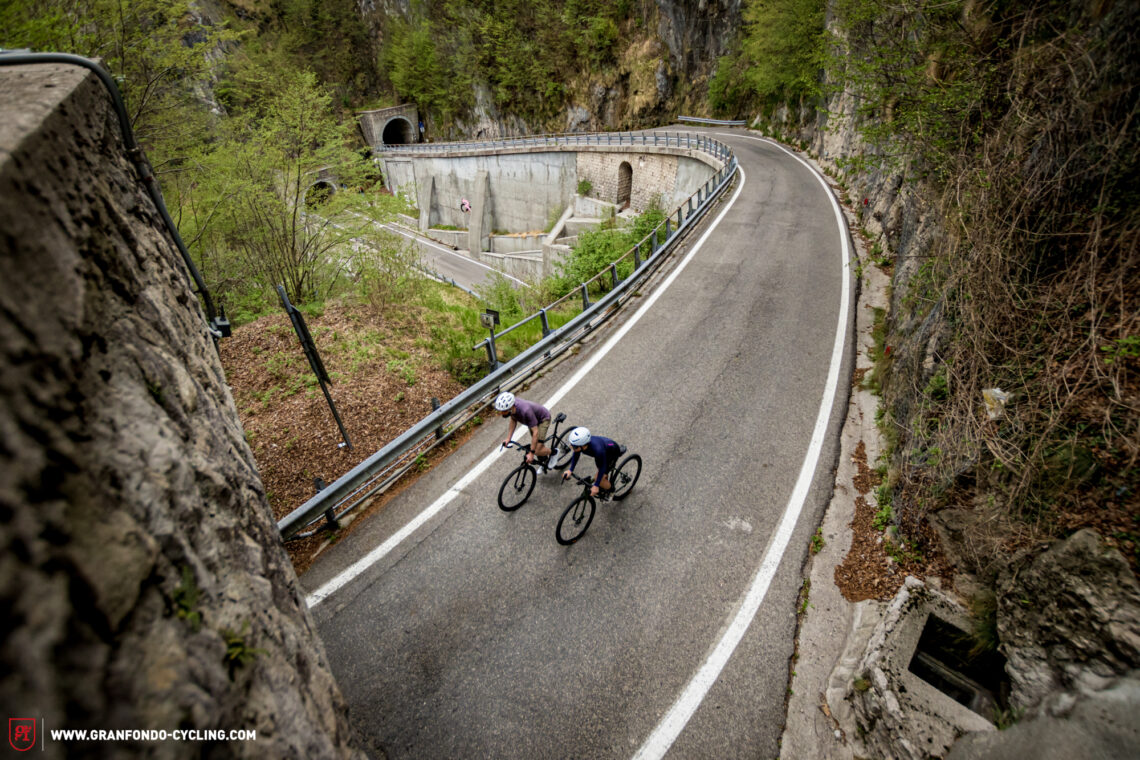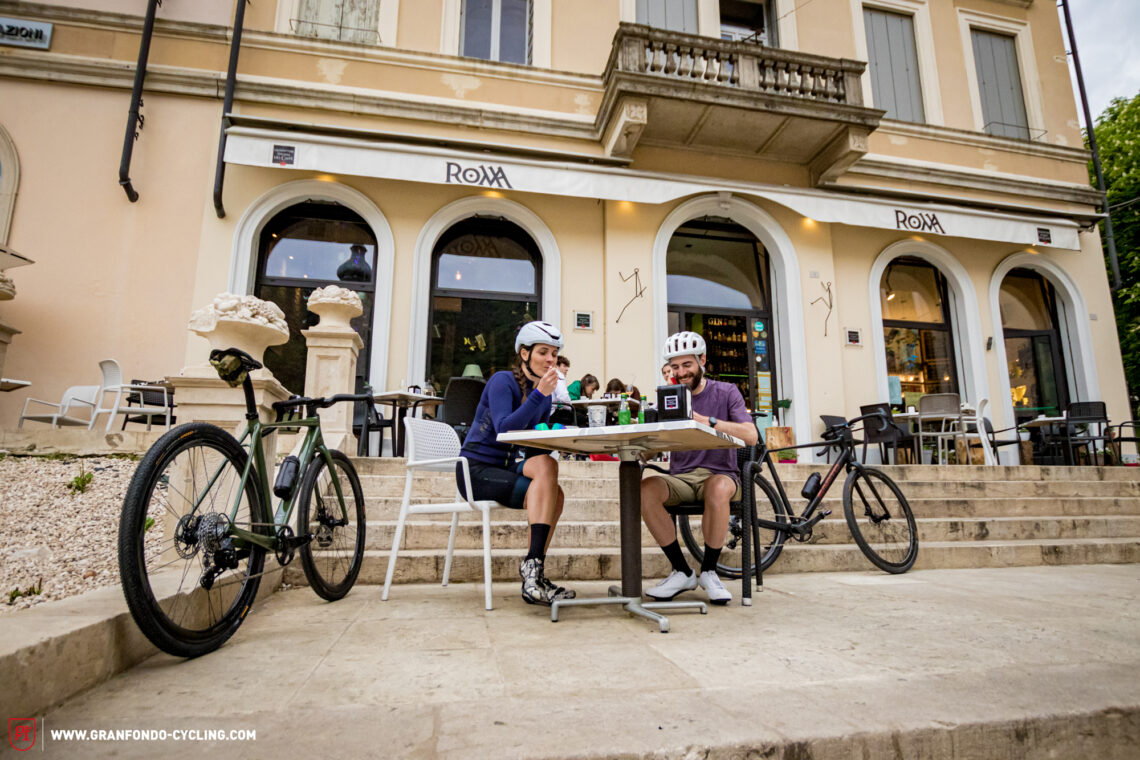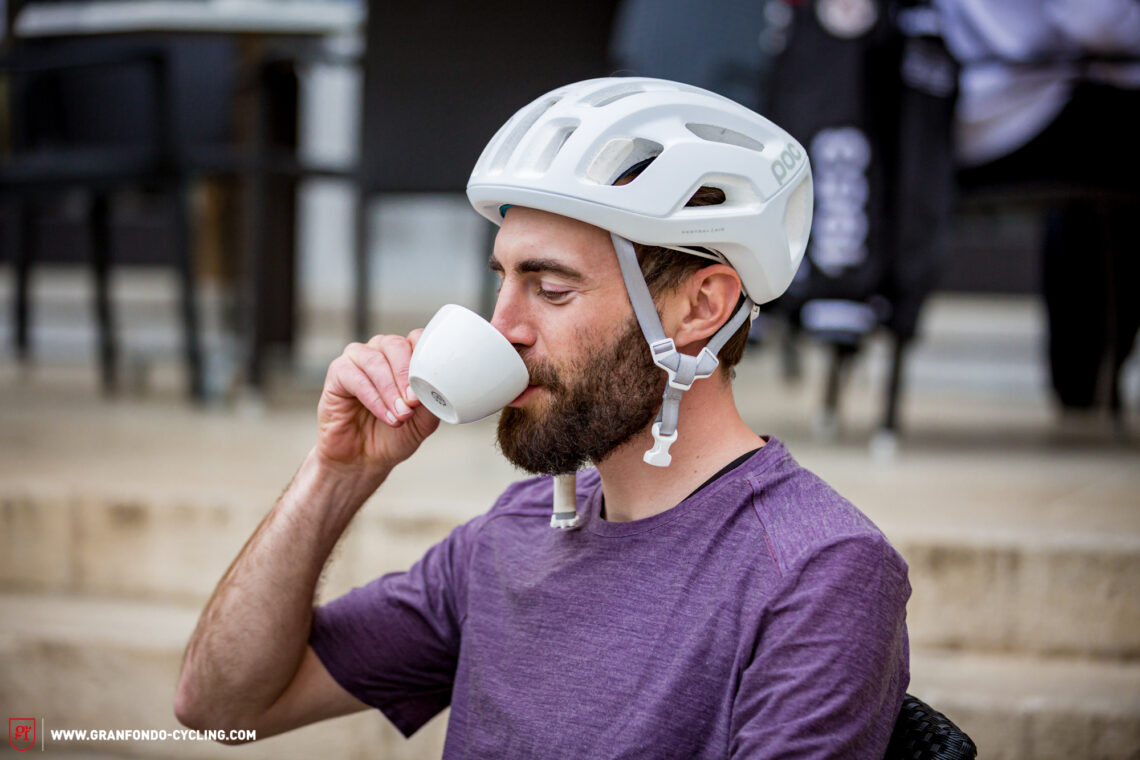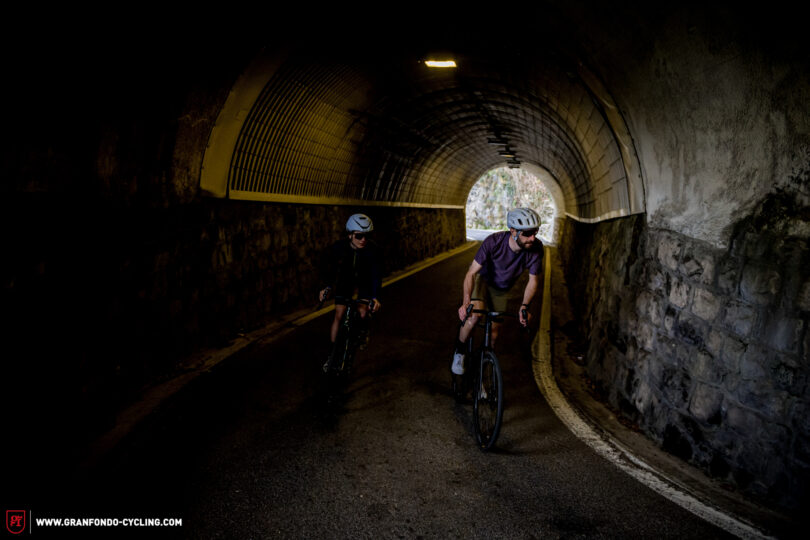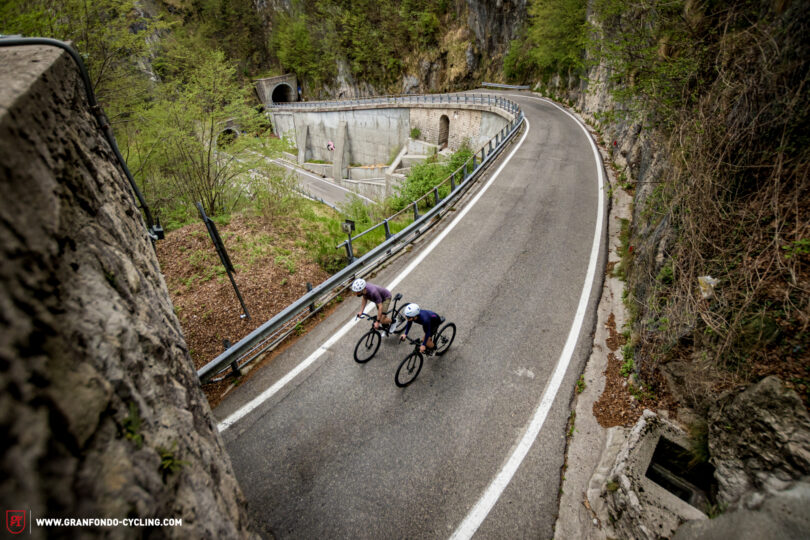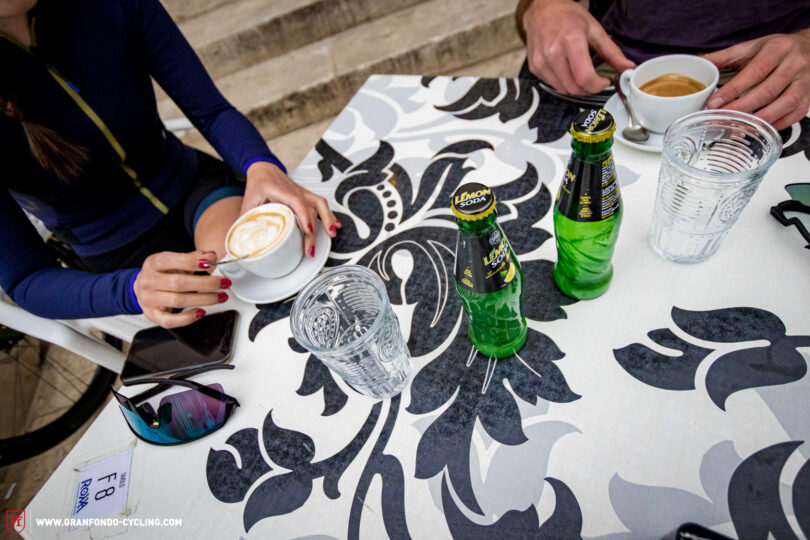Think of gravel riding in Italy and many of us will join the chorus, calling out Tuscany’s white roads as the premier destination. Exceptionally beautiful, yes, but for those looking to embrace Italian culture and pull some mean skids in less-ridden gravel, your new favourite place to ride is the Prosecco Hills region. That’s why we packed up our gravel rigs and headed south to find out what gives this region its fizz.

One thing that you learn when riding gravel in Italy is that before long, those white roads you’ve been dreaming of change to chunky, boulder-covered, nigh-on-unrideable tracks. This sees your ride turn from flow state to panic as you nurse your gravel bike over terrain that is at the limit of its ability. As a resident of Italy, I know this all too well, but there were whispers of how the Prosecco Hills region was different. I was promised a land of lust-worthy rideable access roads that would whisk me up, over and around its rolling, sometimes steep vineyards.
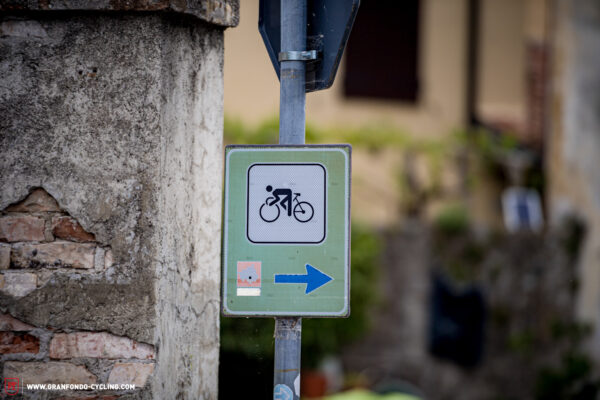
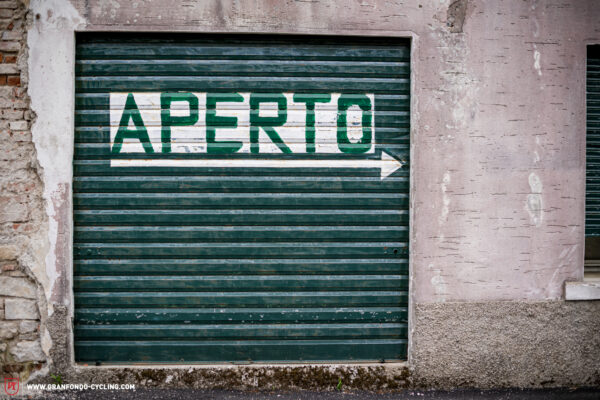
But the Prosecco Hills aren’t just for Gravel Aficionados. Sarto, a small manufacturer of high-end bikes, is situated in the same area. They combine classic Italian design with the art of building handmade carbon frames. In Addition, Sarto offer bespoke and fully customizable bikes reflecting the owner’s unique passion for cycling. In our last group test, the Sarto Seta all-road won us over with its Italian flair and high-speed capabilities.
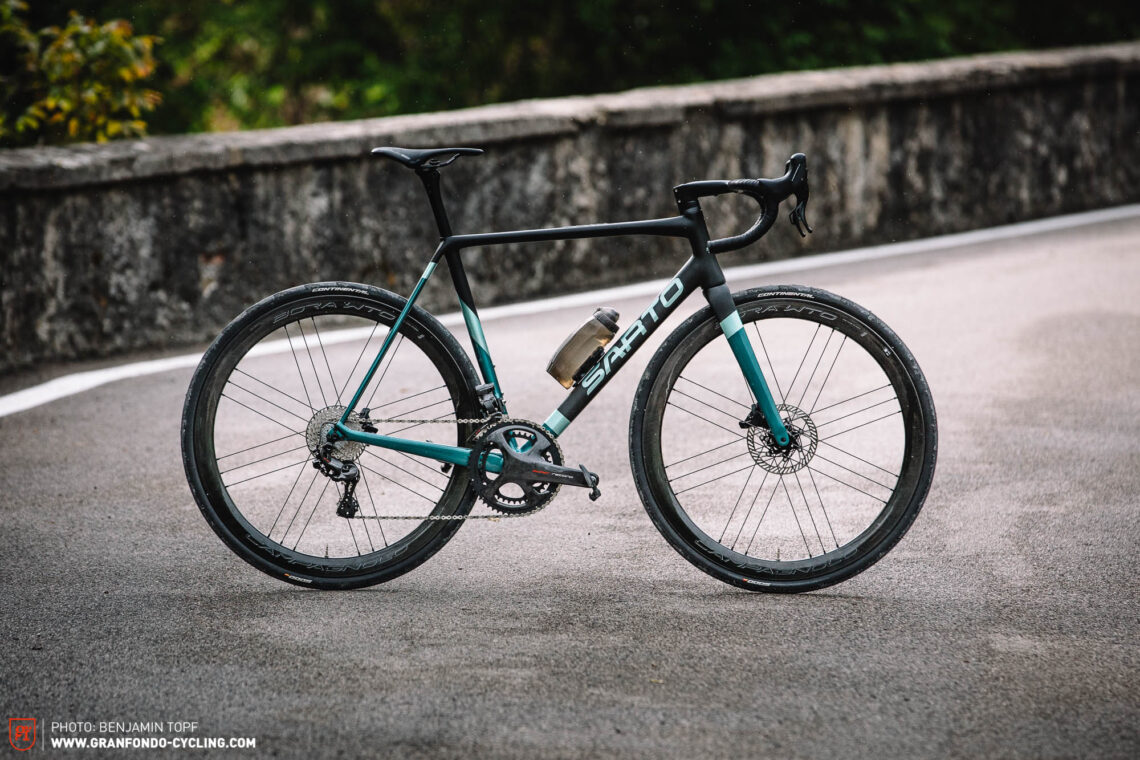

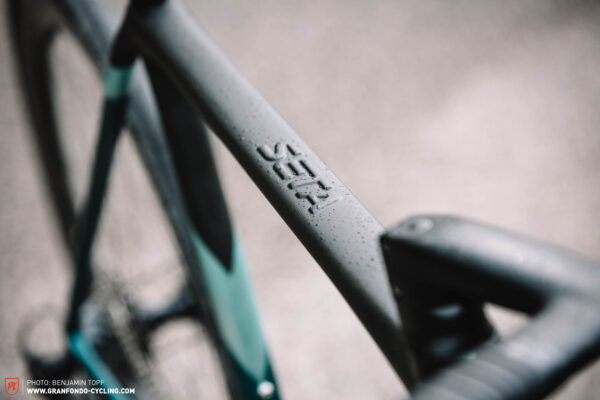
Spurred on by sparkling wine
If the name Processo Hills isn’t enough to give the game away, the landscape will. Lift your head from your stem and admire the vineyards. It’s often the case that food or wine from a certain area of Italy is named after that region. Part of the intricate food culture in this gastronomically renowned country, Prosecco stands out from the crowd, because this famous white sparkling wine has actually become a blanket name for the area where its production is focused. Tucked in the north east of Italy, touching the foothills of the Dolomites, just one hour’s drive from Venice, you can see how these hills between Conegliano and Valdobbiadene have been overlooked as a riding location.

Our base for this exploration was the village of Susegana, where we were guests of the Collato family. The Collatos built and still own the stunning Castello San Salvatore, a 13th century castle just to the south of the village. As if this wasn’t enough, the Collatos also run one of the most prestigious wineries in the area since 1110, Bourgoluce. As with all of the winemakers in the area, it’s the work they’ve put in over the centuries that has shaped the landscape here, carving the all-important (at least to us, and the winemakers) pristine gravel roads into the steep terraced vineyards.
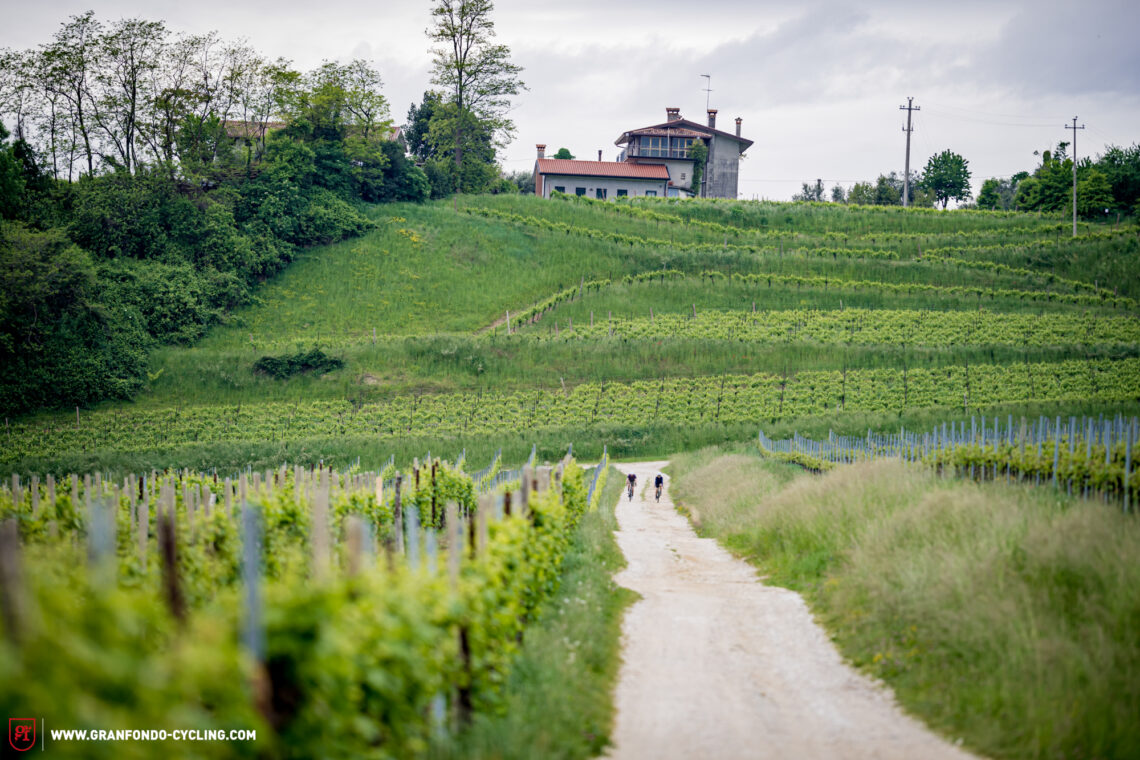
A paradise for gravel lovers
Outside of the village, this part of Northern Italy is quite heavy on the traffic front, with out-of-towners flocking here on weekends to access towns, villages and the mountains to the north. We were fortunate that our villa-turned-agriturismo, also owned by the Collato family, had gravel access from the door, meaning we could slip away surreptitiously, in a way only gravel bikes can, to get onto the bounty of smaller roads and dirt tracks that criss-cross the region. And – much like the drivers on the larger roads – we too were heading north into the heart of the Prosecco Hills.
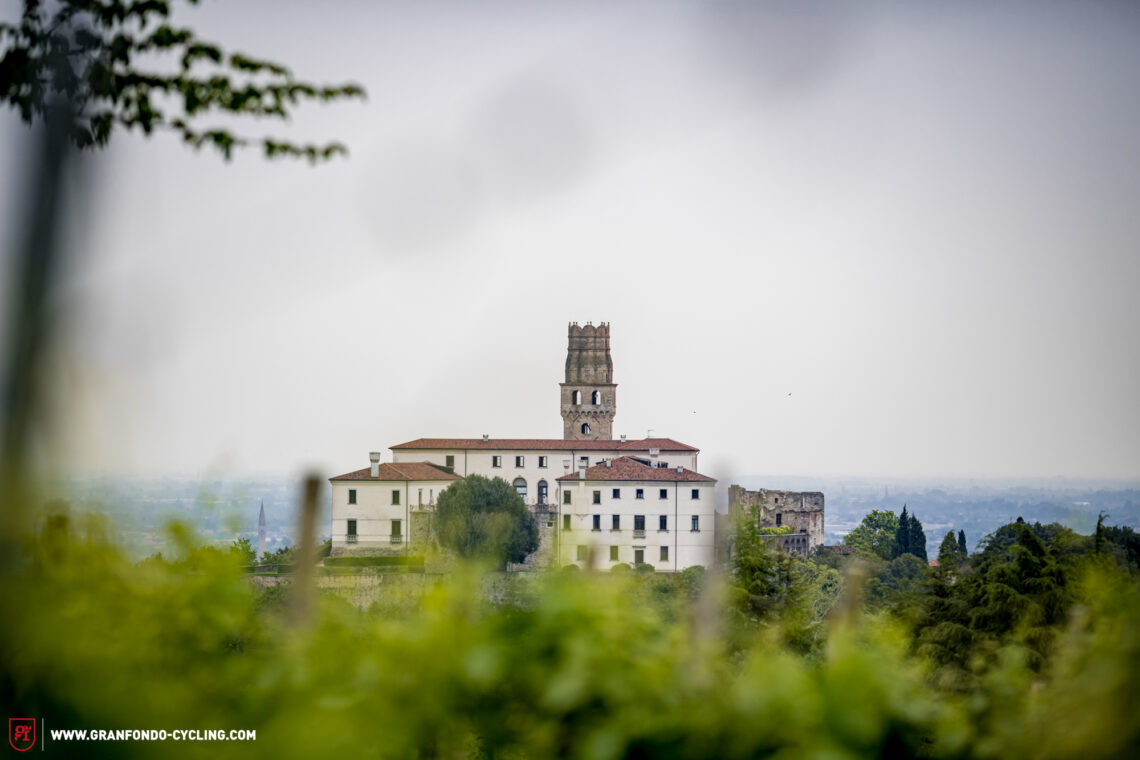
To the south, the topography drops off towards Venice and the flatlands, but as you pedal north you hit small hills that soon turn into larger climbs before becoming the pre-Dolomites, and then eventually, the Dolomites. Elevation is a thing around here. These successively larger rises often offer wide vistas to the south, which is open and more arable than the heart of the Prosecco Hills. Here, forests are interspersed with vineyards and small villages, each joined by typically Italian meandering tarmac and gravel roads that tempt you to see what is just around the next corner.
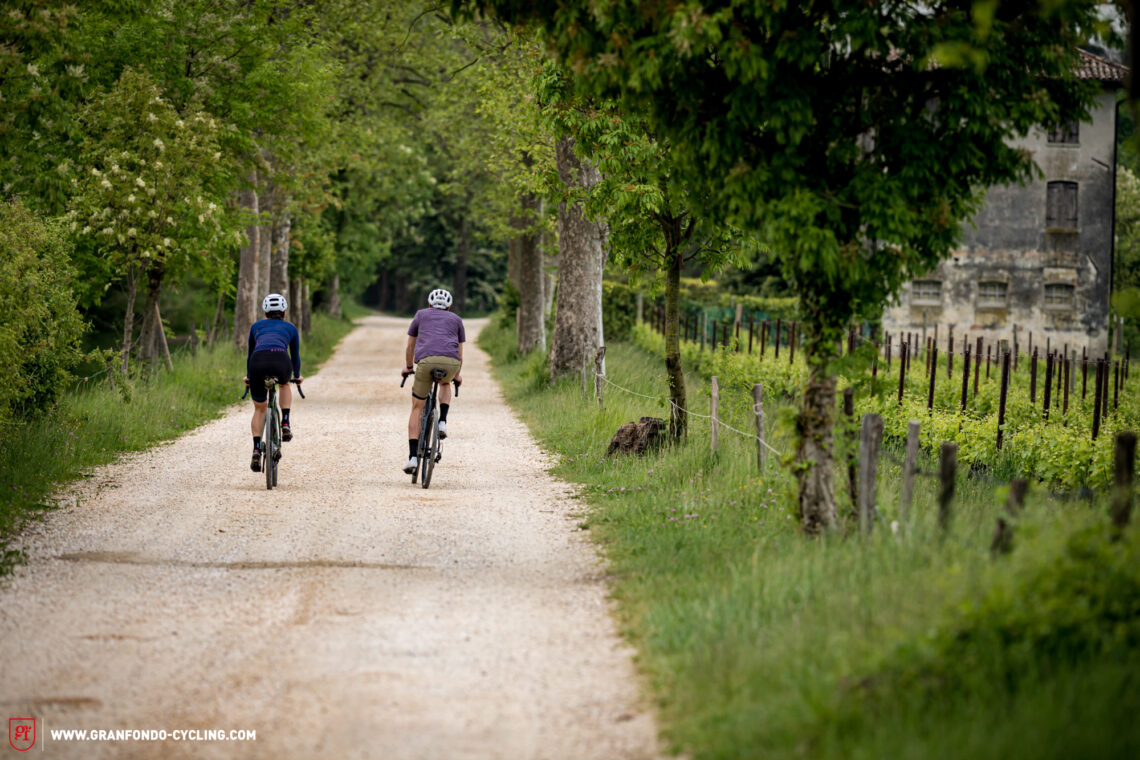
From the very first pedal strokes, we could sense that this is an area ready to explode into the gravel riding scene. The narrow and sinuous short sections of tarmac that link the pristine white, gravel tracks are a pleasure to ride. Fast, varied and taking you through stunning locations that juxtapose manicured vineyards with rustic hamlets and fortified villages, there is rarely a dull moment. There is a real sense of being at one with the locals, as the only vehicles you’re likely to meet are first-gen Fiat Panda 4x4s. Without delving into Italy’s culinary delights, we cannot think of anything else so typically Italian.

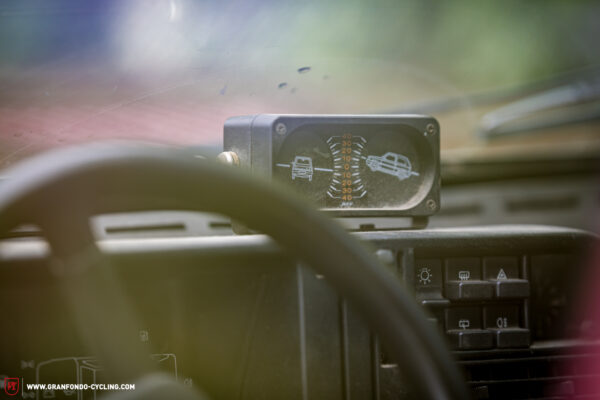

A region with more than just bubbles to boast about
Small, low powered and boxy cars aside, this region visibly sits on the cusp of two different influences: there’s the mountain culture of the Dolomites to the north; and the frescoed, rich, artistic culture that spreads out across the Padua plain to the south. This intersection of cultures gives the Prosecco Hills an interesting feel. On one hand, it’s precise, rich and organised – definitely traits inherited from the Germanic culture to the north – and on the other, it’s fiery, latin and slightly rundown, channelling an ageing-empire vibe. This contrast makes the Prosecco hills markedly different from the current heavyweight region for gravel in Italy, Tuscany.
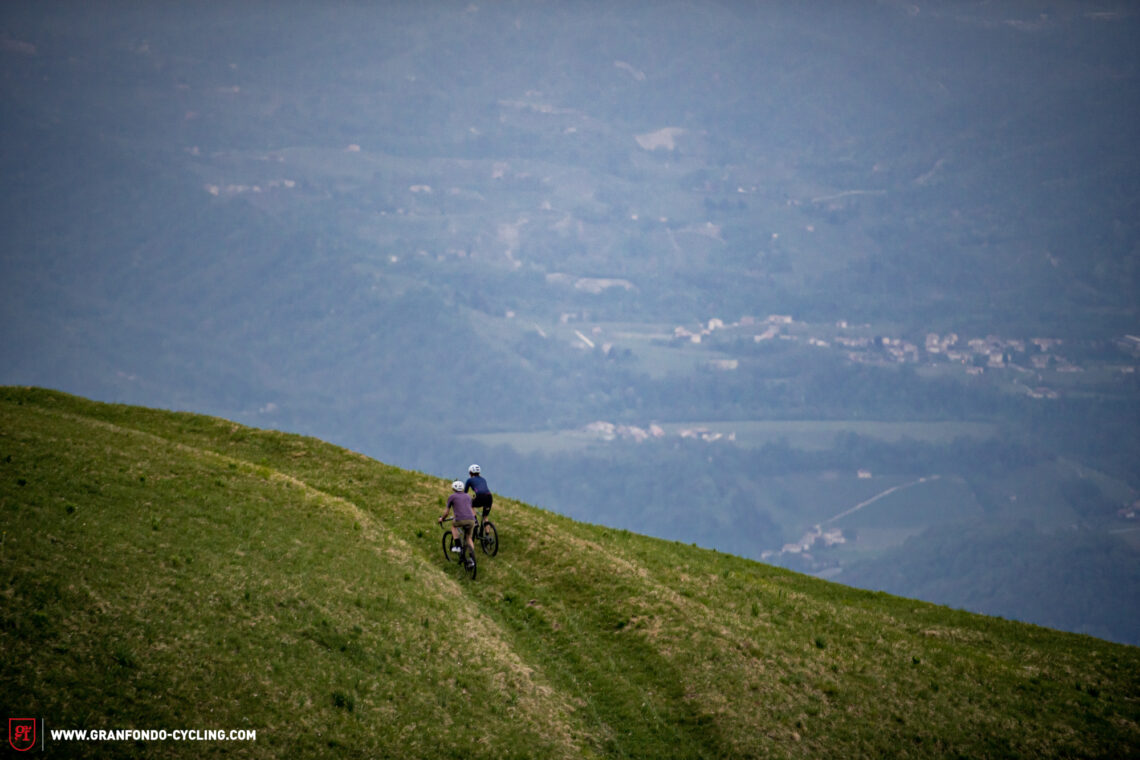
As we continue north, we take in a few key locations that our hosts the Collato family tipped us off with. Over breakfast, they’d penned an insider’s list of the most jaw-dropping roads, some of which cross the foothills and disappear into the mountains further on, as well as some beautiful rolling gravel close to our base. The list included getting lost in the rolling vineyards in and around Rolle and tackling the steep climbs near Collagù, where concrete is clearly the preferred road surface for constructors, because everything else would just slip downhill – true story. And finally, a ride to Valdobbiadene and the high mountains beyond.
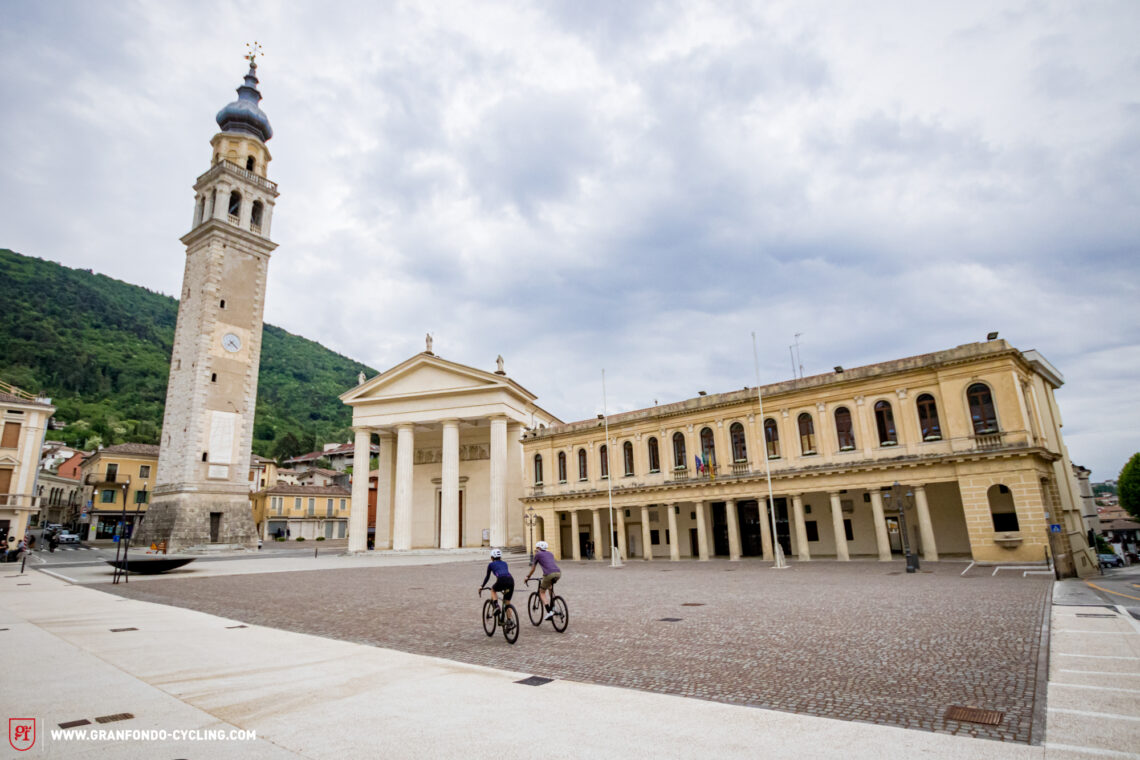
Heading up the Santuario di Collagù was certainly a stand-out location. The whole area was vibrantly green and covered in vines. With sections of the road tipping close to 20 percent gradients, it was a test to get to the top. After being plied with tasters of small-batch traditional method Prosecco from a local producer at Ristoro Collagù, we were suitably motivated to push northwards to the upper limits of the Prosecco Hills and the iconic Passo San Baldo.
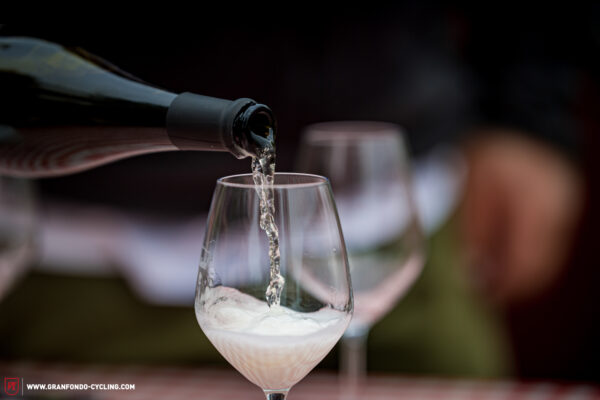
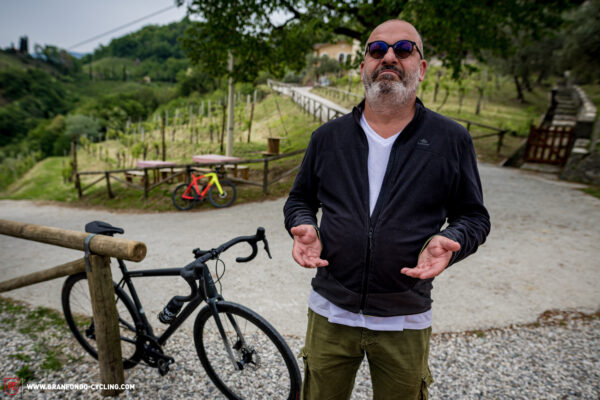
Sag mir, dass du in Italien bist, ohne mir zu sagen, dass du in Italien bist
Anyone for hairpins?

San Baldo marks the northern border of the Prosecco Hills and the gateway to the Dolomites. It’s almost over too quickly to make a bastion within cycling, but all those switchbacks inside tunnels mean it’s incredibly memorable. While we get some fascinating insight into complex road engineering, this stretch also reminds us of just how many people enjoy driving their cars in this area of Italy. We’ve clearly been spoiled, having spent a vast amount of time on backroads up until now.
Each time we unclip from the pedals, there’s a plate of food presented to us. Italy will always be Italy in that sense. We take lunch where and when needed, with pretty much all bars offering rapid refreshments, but the evenings are different: We embrace the local food, such as risotto, fancy meats, and fried mozzarella, naturally washed down with Prosecco, the light flavoursome bubbles refreshing us from the efforts of our riding.
Fitting our culinary journey, Eroica organizes the “Nova Eroica Prosecco Hills.” A unique event exploring the gravel roads around the region’s vineyards, mediaeval towns, and nearby Alps. The goal, however, is not to race against the clock or other riders, but to enjoy a beautiful day out and see what the region has to offer. Next to the cheese and prosciutto, the prosecco, as mentioned earlier, is the pièce de résistance. Eroica offer three routes, ranging from a short 50 km to a long 120 km day in the saddle. Consider yourself lucky as the next event is just a few weeks away on the 30th of April.

We understand that many people will find it hard to look past Tuscany as the gravel riding hotspot of Italy. But as this country moves away from its tradition of road cycling, other areas are starting to open up, each with their own unique charm and delights. If you have a thing for gravel and Italy, you won’t be disappointed. Logistically, it arguably surpasses Tuscany too, with Venice and Verona airports close by, plus easy access from Milan via the autostrada or by pretty much any form of transport if you’re coming from the north.
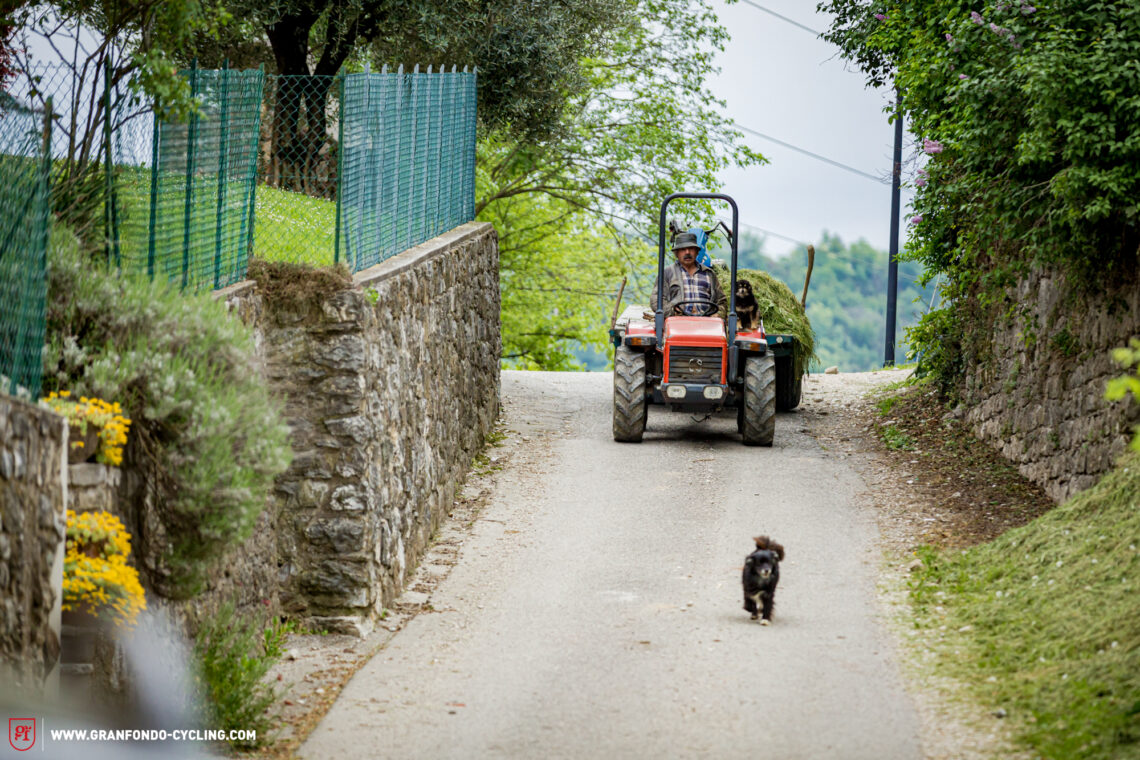
Empty lanes, rolling hills, plus easy access to both high mountains and flatlands, the Prosecco Hills is a place you should ride at least once in your life. An area steeped in history that sits at the cusp of two cultures, it will get you out of the everyday as you grind up the sharp gradients and along the dirt roads. Do your ride, then tuck into the menu and naturally pop open some Prosecco – it would be rude not too.
Thanks to the Collato family for hosting us on their Borgoluce estate.
Did you enjoy this article? If so, we would be stoked if you decide to support us with a monthly contribution. By becoming a supporter of GRAN FONDO, you will help secure a sustainable future for high-quality cycling journalism. Click here to learn more.
Words: Phil Gale Photos: Phil Gale, Benjamin Topf


